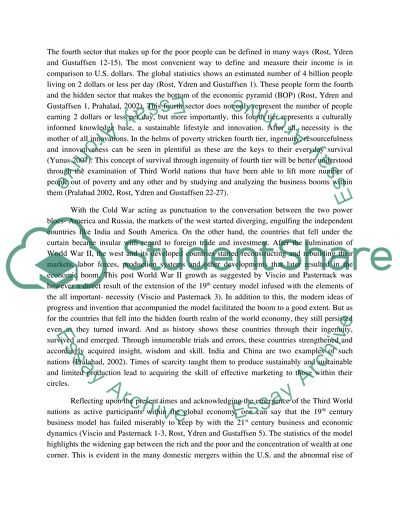Cite this document
(Fortune at Bottom of the Pyramid Literature review, n.d.)
Fortune at Bottom of the Pyramid Literature review. https://studentshare.org/sociology/1552561-the-bottom-of-the-pyramid
Fortune at Bottom of the Pyramid Literature review. https://studentshare.org/sociology/1552561-the-bottom-of-the-pyramid
(Fortune at Bottom of the Pyramid Literature Review)
Fortune at Bottom of the Pyramid Literature Review. https://studentshare.org/sociology/1552561-the-bottom-of-the-pyramid.
Fortune at Bottom of the Pyramid Literature Review. https://studentshare.org/sociology/1552561-the-bottom-of-the-pyramid.
“Fortune at Bottom of the Pyramid Literature Review”. https://studentshare.org/sociology/1552561-the-bottom-of-the-pyramid.


